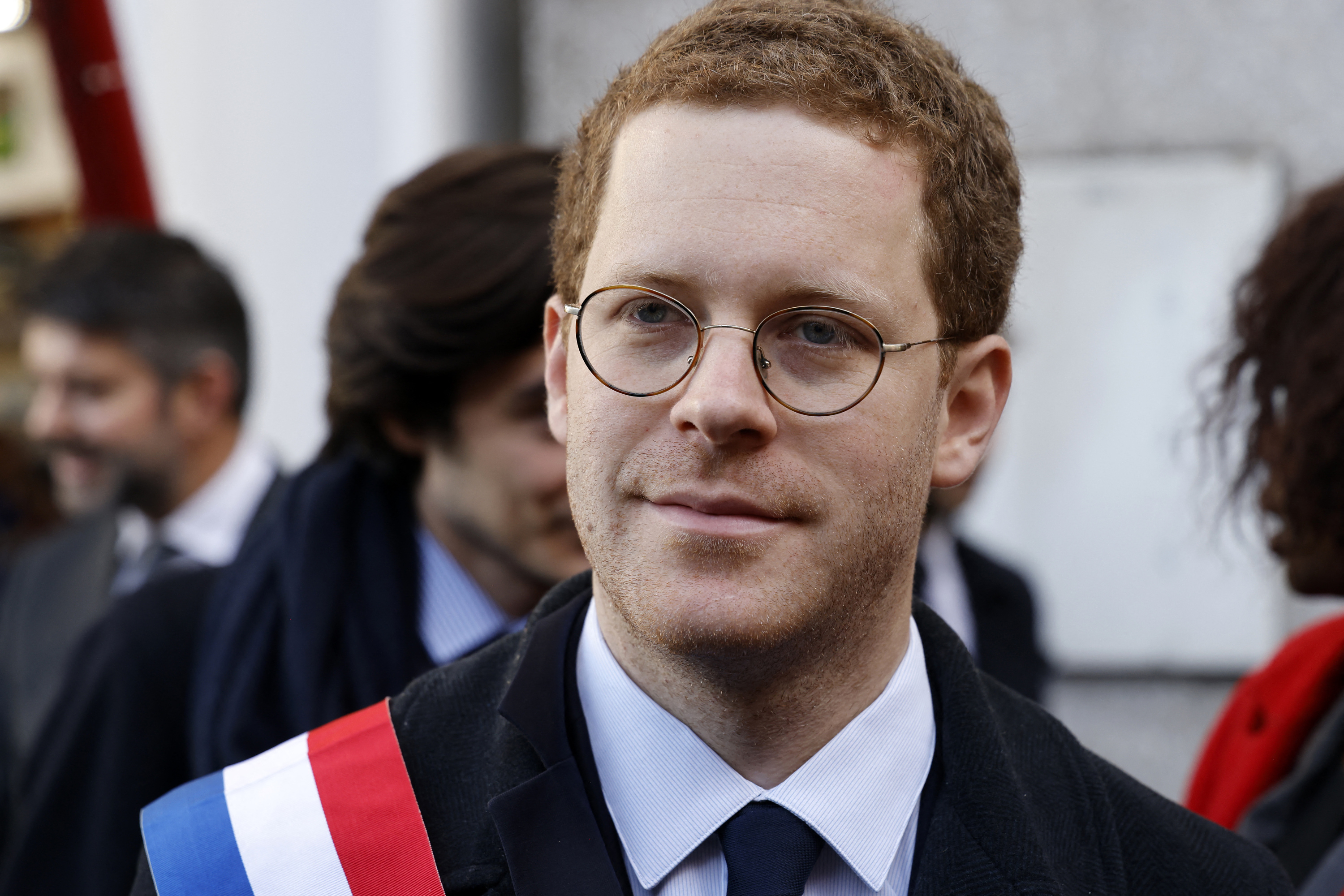In a simple windsor chair resting on two prosthetic legs. A with the shoe and sock, the other without. Both have leather straps as ligaments. The artificial limbs are archaic and in a variety of finishes, and even if they are worn prostheses probably used by various people to form the pair now on a whole. A kind of reunion?
In the French artist Kader Attias describes the exhibition ”The Museum of Emotions” at the Hayward Gallery in London builds many of the works on a similar joined the anc. A wall with black and white photo blends such as famous artists such as Ella Fitzgerald and Jacques Brel with famous dictators like Mao and Mussolini. I guess the link is that both groups play on our emotions. Albeit in different ways. Or mean Attia that there are dangers with both vocals as a policy? Tablåns points feels a little facile.
an emotional weight and a striking directness with strong visual effects. In a work with a mr and a damsko. By setting the shoes next to each mirror creates Attia an endless reflective corridor – at the same time as he does pairs of shoes all over again. Here will be the simplicity instead somewhat ingenious.
It is the collective wounds that Attia would particularly like to poke in, the aftermath of the crisis in the contemporary era of colonialism and war. In several in-depth intervjufilmer tells academics and traumatised survivors about the possible paths to healing. And next door is benproteserna as silent witnesses.
the Theme gets a suggestive extension of the rumsinstallationen ”The Repair from Occident to Extra-Occidental Cultures”, a very museologiskt file with both the fictional and actual busts, books, photographs and a wealth of ethnographic material in the display cases and on shelves.
In a shocking series of slides are krigsskadades brutally patchy faces from the first world war against the chipped masks and cult object from the ”traditional societies”, where the repairs fix the damage but the wound remains visible. The approaches are eerily similar, despite the fact that in one case, it's all about the people, in the other about things.
Mike Nelson commented in a smart way the cultural context in which the museum represents. In his sprawling installation, 'The Asset Strippers' at Tate Britain, he allows the deselected combine harvesters, cement mixers and nonfunctional machines of different types move in and take your place on the Uk's top museum for british art.
Nelson arranges the heavy machinery in the groups next to and stacked on each other. Treat them as if they were works of art. Forms and materials reminiscent not so little about the sculptures, which in ordinary cases are exhibited here. The installation is part of the annual series of site-specific exhibitions that take place in the museum's so-called Duveen Galleries, a long, narrow passage of skulptursalar from the end of the 1930s in the neoclassical style.
It is a bit like entering a lagerhangar and as surprising as comical to meet Nelson's aged machinery in the historic rooms. Both to see them and feel their smell. For the machines are covered with layers of dust and greasy dirt, left in the same condition as when they were taken out of use. Nelson has bought up the technological dinosaurs of the firms that sat in the system to loot companies of their assets. Hence the title.
it's also easy to in the abandoned machines to read into a topical comment on the Uk's growing isolation. I wander around among the remains from the olden days and a whole nation destroyed självsyn.
Nelson has made a name for themselves with their illusory spatial sceneries. Right here at the Tate. I have in the past stepped into his maze of suffocating real-world environments. Only by pressing down the handle at an unremarkable door. Now mark Nelson inputs to the installation with the worn swinging doors from the hospital, a telling contrast to the magnificent stone walls.
Kader Attia and Mike Nelson are processing the possibly different content, but both use the cleverly exhibition-form in itself in order to expose the historical snittytor.

 Rishi Sunak wants a tobacco-free UK
Rishi Sunak wants a tobacco-free UK In Africa, the number of millionaires will boom over the next ten years
In Africa, the number of millionaires will boom over the next ten years Iran's attack on Israel: these false, misleading images spreading on social networks
Iran's attack on Israel: these false, misleading images spreading on social networks Iran-Israel: David Cameron wants the G7 to impose “coordinated sanctions” on Iran
Iran-Israel: David Cameron wants the G7 to impose “coordinated sanctions” on Iran New generation mosquito nets prove much more effective against malaria
New generation mosquito nets prove much more effective against malaria Covid-19: everything you need to know about the new vaccination campaign which is starting
Covid-19: everything you need to know about the new vaccination campaign which is starting The best laptops of the moment boast artificial intelligence
The best laptops of the moment boast artificial intelligence Amazon invests 700 million in robotizing its warehouses in Europe
Amazon invests 700 million in robotizing its warehouses in Europe Solar panels: French manufacturer Systovi announces the cessation of its activities due to “Chinese dumping”
Solar panels: French manufacturer Systovi announces the cessation of its activities due to “Chinese dumping” Tesla: canceled in court, Musk's huge compensation plan will again be submitted to shareholders
Tesla: canceled in court, Musk's huge compensation plan will again be submitted to shareholders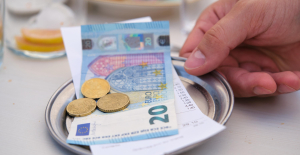 Two, three or a hundred euros: who are the most generous customers with tips?
Two, three or a hundred euros: who are the most generous customers with tips? Boeing safety examined in US Senate, after whistleblower's revelations
Boeing safety examined in US Senate, after whistleblower's revelations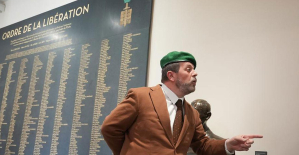 Immersion among the companions of the Liberation
Immersion among the companions of the Liberation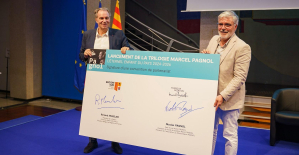 Provence-Alpes-Côte d’Azur releases several hundred thousand euros for the promotion of the work of Marcel Pagnol
Provence-Alpes-Côte d’Azur releases several hundred thousand euros for the promotion of the work of Marcel Pagnol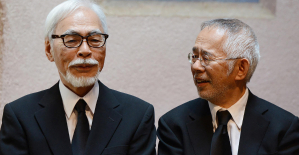 A palm of honor distinguishes Studios Ghibli for all of their work
A palm of honor distinguishes Studios Ghibli for all of their work Gaby, a new play by Pagnol adapted into a comic strip
Gaby, a new play by Pagnol adapted into a comic strip Skoda Kodiaq 2024: a 'beast' plug-in hybrid SUV
Skoda Kodiaq 2024: a 'beast' plug-in hybrid SUV Tesla launches a new Model Y with 600 km of autonomy at a "more accessible price"
Tesla launches a new Model Y with 600 km of autonomy at a "more accessible price" The 10 best-selling cars in March 2024 in Spain: sales fall due to Easter
The 10 best-selling cars in March 2024 in Spain: sales fall due to Easter A private jet company buys more than 100 flying cars
A private jet company buys more than 100 flying cars This is how housing prices have changed in Spain in the last decade
This is how housing prices have changed in Spain in the last decade The home mortgage firm drops 10% in January and interest soars to 3.46%
The home mortgage firm drops 10% in January and interest soars to 3.46% The jewel of the Rocío de Nagüeles urbanization: a dream villa in Marbella
The jewel of the Rocío de Nagüeles urbanization: a dream villa in Marbella Rental prices grow by 7.3% in February: where does it go up and where does it go down?
Rental prices grow by 7.3% in February: where does it go up and where does it go down? Europeans: the schedule of debates to follow between now and June 9
Europeans: the schedule of debates to follow between now and June 9 Europeans: “In France, there is a left and there is a right,” assures Bellamy
Europeans: “In France, there is a left and there is a right,” assures Bellamy During the night of the economy, the right points out the budgetary flaws of the macronie
During the night of the economy, the right points out the budgetary flaws of the macronie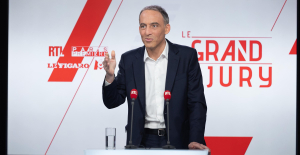 Europeans: Glucksmann denounces “Emmanuel Macron’s failure” in the face of Bardella’s success
Europeans: Glucksmann denounces “Emmanuel Macron’s failure” in the face of Bardella’s success These French cities that will boycott the World Cup in Qatar
These French cities that will boycott the World Cup in Qatar Union Bordeaux Bègles-Clermont: at what time and on which channel to follow the Top 14 clash?
Union Bordeaux Bègles-Clermont: at what time and on which channel to follow the Top 14 clash? Football: Ada Hegerberg extends at OL until 2027
Football: Ada Hegerberg extends at OL until 2027 Basketball: suspended for life from NBA for fixing his match
Basketball: suspended for life from NBA for fixing his match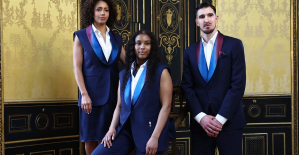 Paris 2024 Olympic Games: boxer Estelle Mossely wants to parade on the Seine as a flag bearer
Paris 2024 Olympic Games: boxer Estelle Mossely wants to parade on the Seine as a flag bearer






